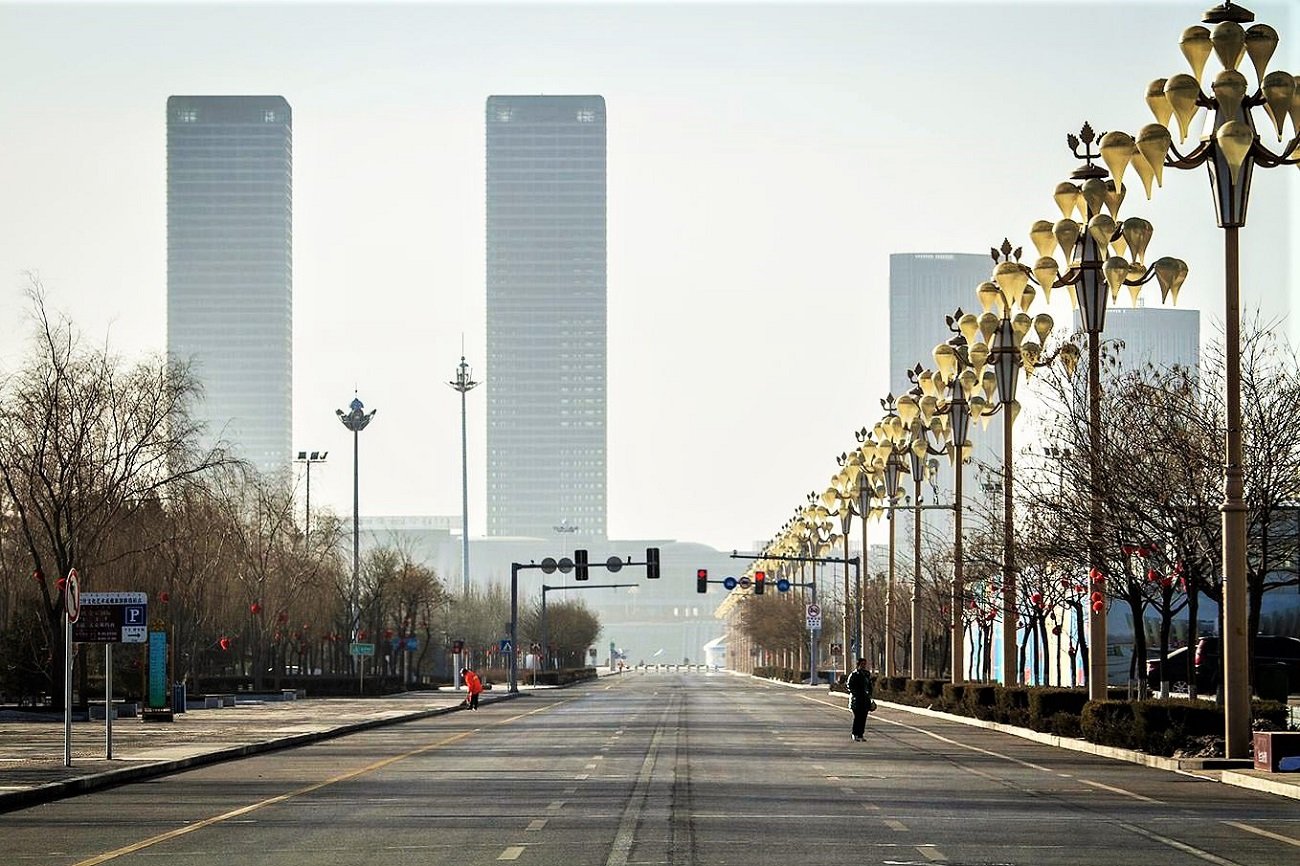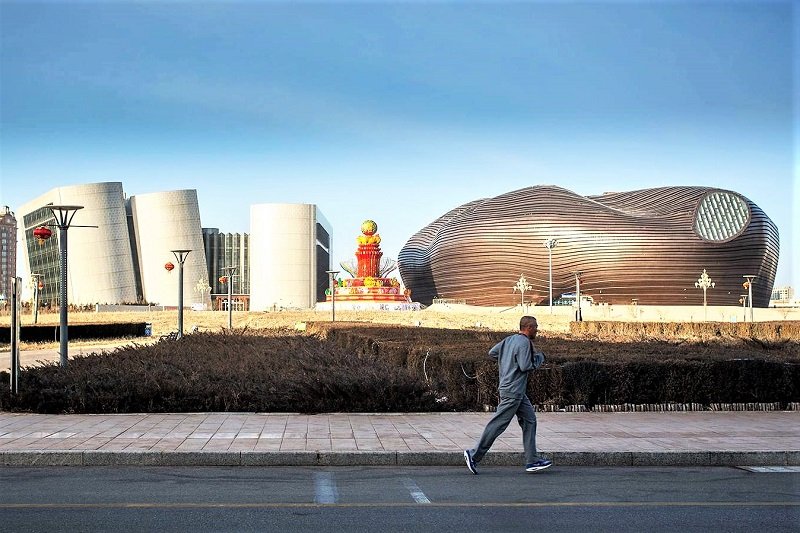
Oddviser
adventure's step-by-steprecipes & lifehacks
How to ride a board on volcano in Nicaragua?How to walk inside the active volcano in Greece?How to feed flying dogs in the jungles of Thailand?How to cycle along the Great Wall of China?How to swim in the famous Trevi Fountain in Rome?How to ride a kayak along the canals of Venice?How to walk on the roofs of skyscrapers in Dubai?
In Kangbashi there are apartment buildings, offices, parks, museums and a library. But the town is populated only for 2%.

Kangbashi was constructed in 2001 to invest money earned by local authorities from coal mining. The town occupies 350 square kilometers. Its infrastructure was meant to hold one million residents, but because of high prices for real estate in Kangbashi, only about 20 000 people settled down here.
Nevertheless the town still functions - traffic lights work properly, streets are cleaned up on a regular basis and gramophones on lamp-posts transmit classical music. Kangbashi resembles post apocalyptic town.

Photo: City library building is also fully equipped, © Alexander Belenkiy
Nevertheless the town still functions - traffic lights work properly, streets are cleaned up on a regular basis and gramophones on lamp-posts transmit classical music. Kangbashi resembles post apocalyptic town.

Photo: City library building is also fully equipped, © Alexander Belenkiy
How to do?
1. Kangbashi is located 18 kilometers from Ordos Airport - you can get here along highway G210. Trains from Beijing run to Ordos two times a day.
2. Police keeps order on Kangbashi streets - travellers can stroll around the town, take pictures of any objects and buildings around. Buses run around the town, but without passengers.
2. Police keeps order on Kangbashi streets - travellers can stroll around the town, take pictures of any objects and buildings around. Buses run around the town, but without passengers.
Where to do?

 Kangbashi
KangbashiGhost town that occupies 350 square kilometers is placed in Ordos region in central north part of China. Its construction started in 2001. The infrastructure was meant to hold one million residents, but the town is populated only for 2%.
2


 по-русски
по-русски en Español (pronto)
en Español (pronto)


Reviews